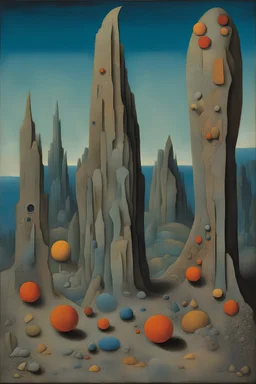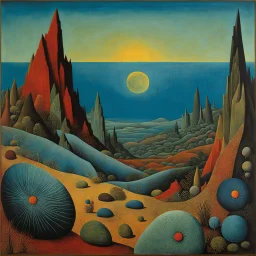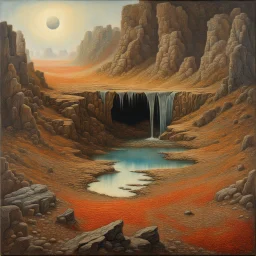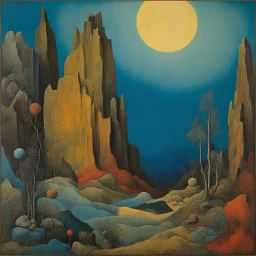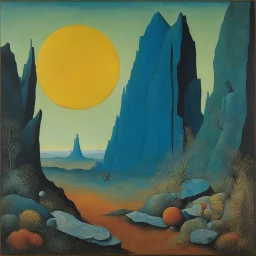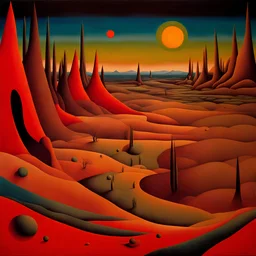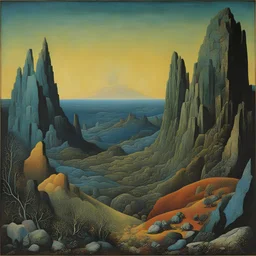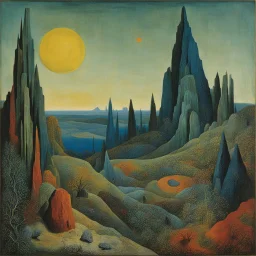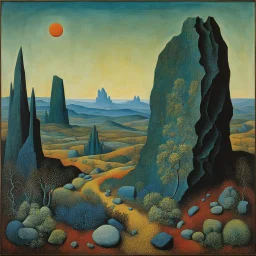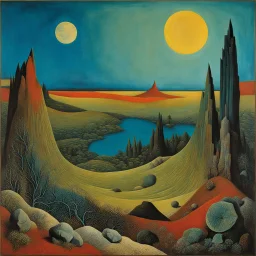
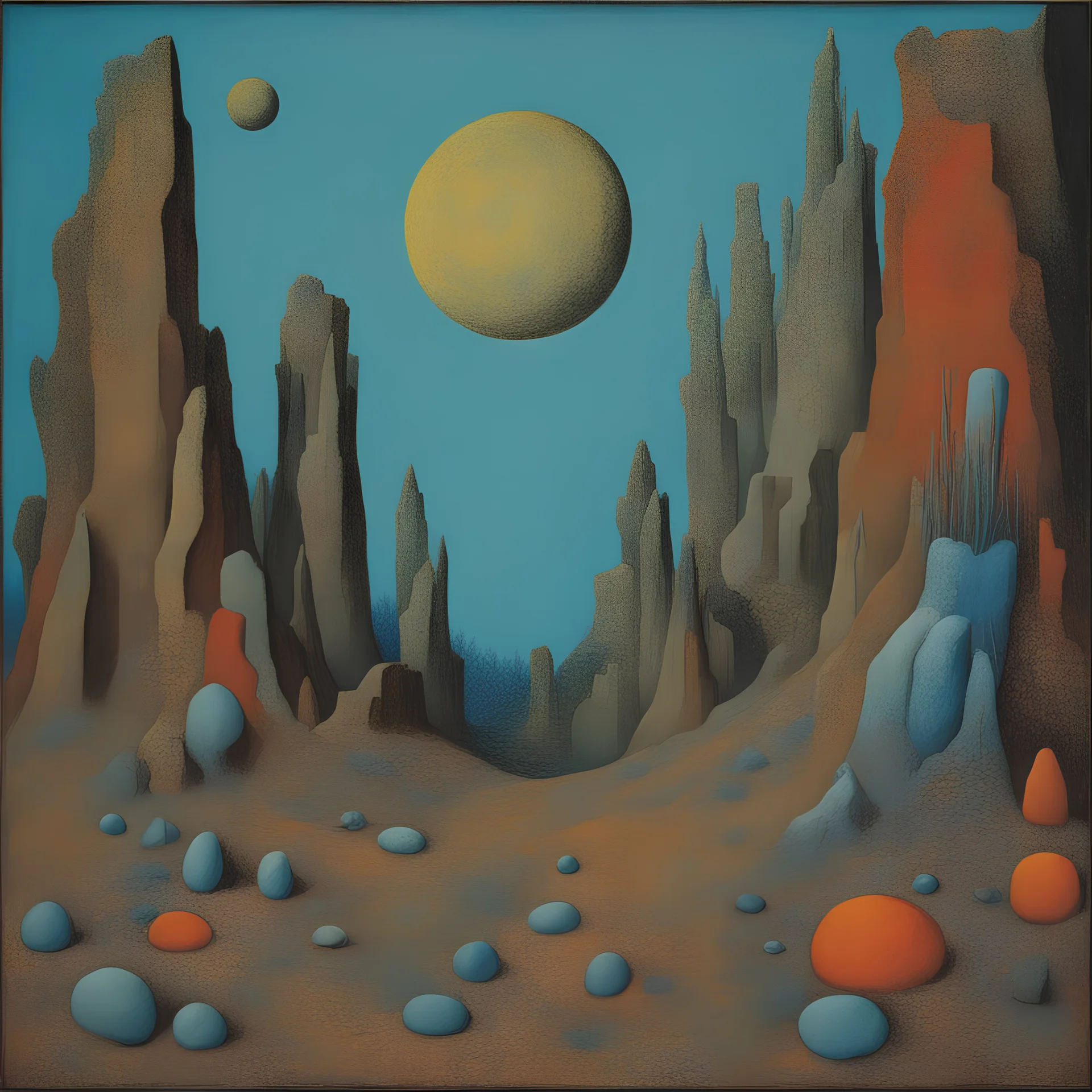
@Mabaaigen
Prompt
For The Eyes of Silence Max Ernst employed a technique called decalcomania to create arbitrary textures on the canvas, which he then reworked to resemble rock formations and forms of animals, plants. a primordial-like "part vegetation, part rock and part bejewelled
2 years ago
Model
SSD-1B
Guidance Scale
7
Dimensions
4096 × 4096
